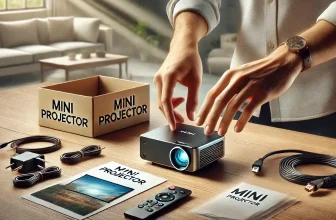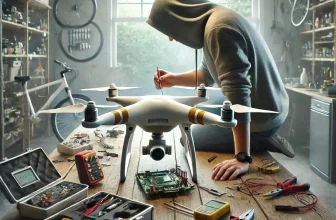Each product is chosen independently by our editors. Purchases made through our links might earn us a commission at no extra cost to you!
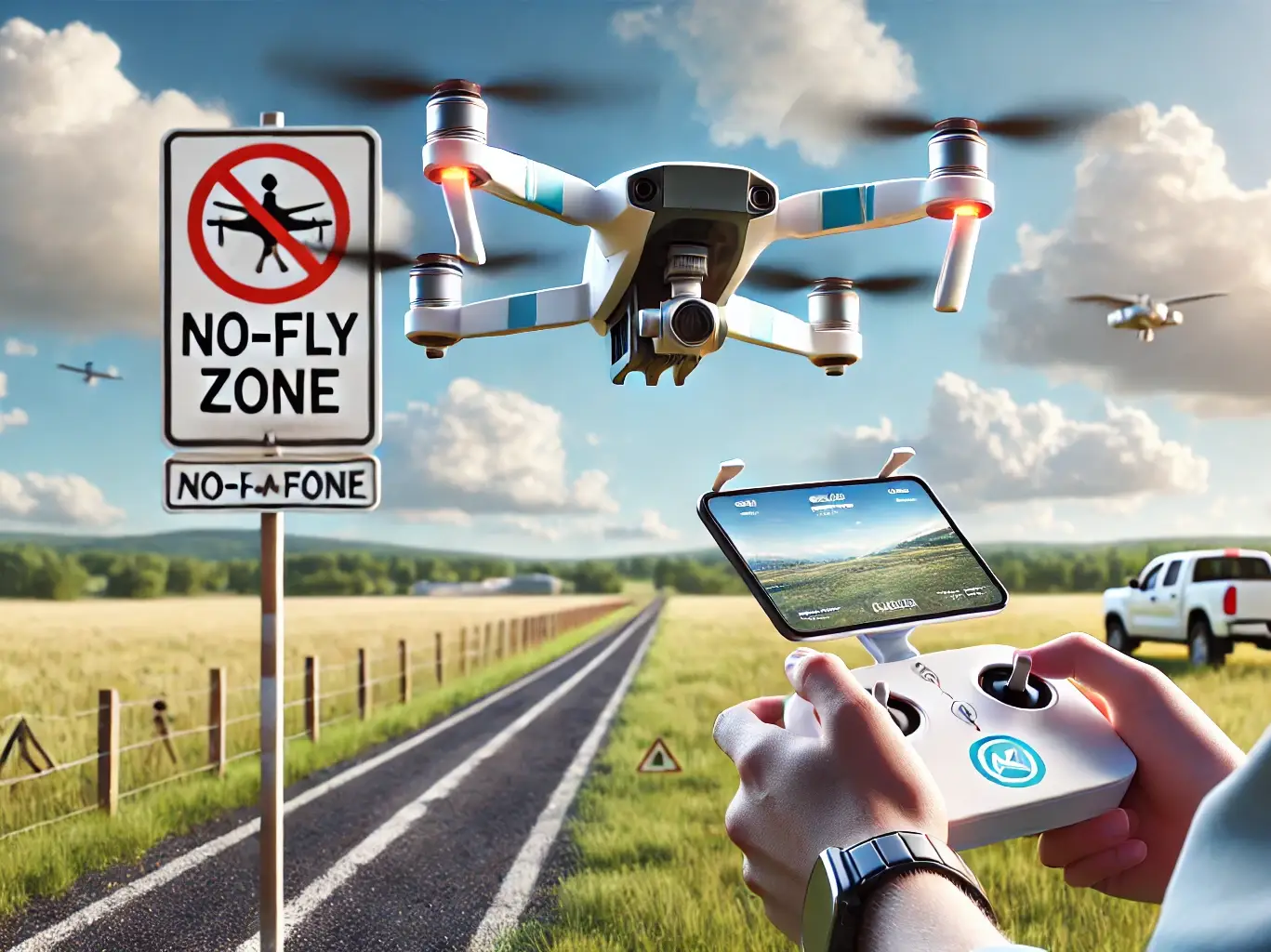
Introduction
Drones have become an essential tool for both personal and professional use. However, as their popularity grows, so do the regulations surrounding their operation. This guide is designed to help drone enthusiasts understand the legal requirements and avoid potential penalties. Whether you’re a first-time pilot or looking to ensure compliance, this article is for you. Let’s explore how to use a drone legally and safely!
Table of Contents
Identifying the Problem
Drone technology has revolutionized industries, from photography to agriculture, and become a popular hobby worldwide. However, the growing number of drone operators has led to increased instances of misuse, often due to a lack of understanding of legal requirements. This section explores the common problems that arise when drones are operated without regard for the law and the potential consequences.
Common Problems:
Flying in Restricted Areas:
Many users unknowingly operate their drones in no-fly zones, such as near airports, military installations, or national parks. This is not only illegal but also poses a risk to aviation safety and security.Failure to Register the Drone:
In many countries, drones exceeding a certain weight threshold (e.g., 250g in the U.S.) must be registered with aviation authorities. Failing to do so can lead to fines or confiscation of the drone.Invasion of Privacy:
Flying over private property without permission can result in legal disputes or claims of privacy invasion, especially when drones are equipped with cameras.Exceeding Altitude Limits:
Drones are often restricted to a maximum altitude (e.g., 400 feet in the U.S.). Ignoring this limit can interfere with aircraft and create serious safety hazards.Neglecting Flight Restrictions:
Many operators disregard temporary flight restrictions (TFRs) set up for events like parades, sporting events, or emergency situations. Violating TFRs can result in hefty penalties.Lack of Insurance or Accountability:
When accidents occur—such as a drone crashing into a person, vehicle, or building—operators without insurance can face significant legal and financial liabilities.
Underlying Causes:
- Lack of Awareness: Many first-time users are unaware of drone laws or fail to research the regulations in their area.
- Overconfidence in Technology: Operators often rely too heavily on the drone’s built-in safety features, assuming they automatically comply with all laws.
- Informal Purchases: Buying drones from unofficial sellers or platforms without proper documentation can lead to issues such as using unregistered or counterfeit equipment.
Potential Consequences:
Legal Penalties:
Violations of drone laws can result in fines ranging from hundreds to thousands of dollars, depending on the severity of the offense.Drone Confiscation:
Authorities have the right to confiscate drones used in illegal activities or flown in restricted zones.Safety Risks:
Operating drones without understanding their limitations or the surrounding environment increases the risk of accidents, injuries, and interference with aircraft.Loss of Trust:
Misuse of drones damages public perception of drone operators, leading to stricter regulations and reduced freedom for responsible pilots.
Why It Matters:
Understanding these problems is crucial for every drone operator. Compliance with legal standards not only protects you from penalties but also ensures the safety of those around you and the integrity of shared airspace.
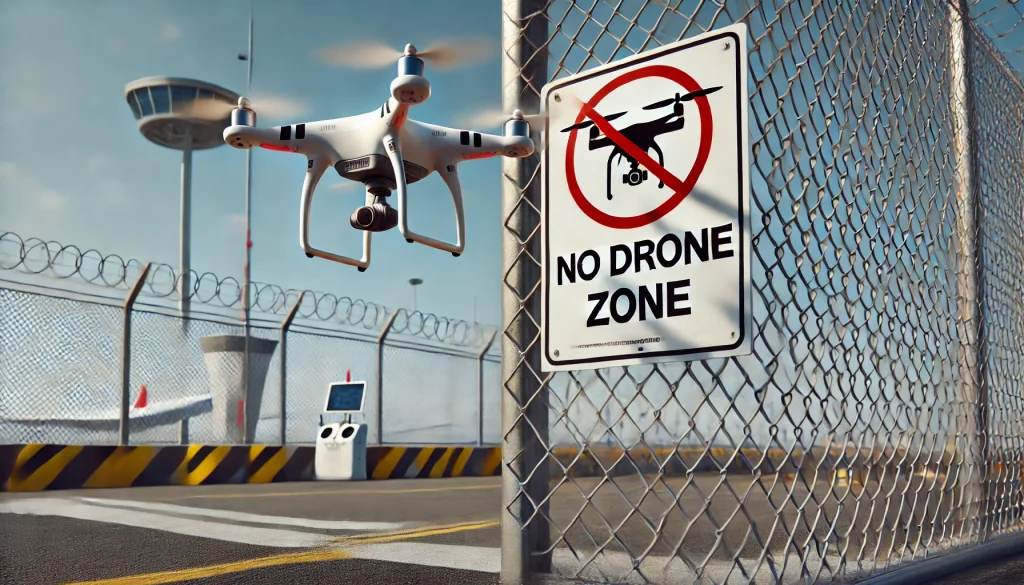
Requirements to Prepare
Before you take off with your drone, it’s essential to prepare thoroughly to ensure legal compliance and avoid unexpected issues. This section outlines the necessary steps and items you need to prepare for a smooth and lawful flight experience.
1. Drone Registration
- Why it’s needed: Most countries require drones exceeding a certain weight (e.g., 250g in the U.S.) to be registered with aviation authorities.
- How to do it:
- Visit your local aviation authority’s website (e.g., FAA DroneZone in the U.S.).
- Complete the online registration process by providing personal details and the serial number of your drone.
- Pay any applicable registration fees.
- Download and print your registration certificate.
2. Compliance with Local Laws
- Research the drone laws in your country, state, or municipality.
- Familiarize yourself with specific regulations, such as:
- Maximum flight altitude: Usually capped at 400 feet.
- No-fly zones: Includes areas near airports, government facilities, or sensitive locations.
- Time restrictions: Some areas allow drone operations only during daylight hours.
3. Identification Label
- Attach your registration number to your drone in a visible location.
- Use a waterproof sticker or permanent marker to ensure the label remains intact during flights.
4. Flight Planning Tools
- Use apps or online tools like B4UFLY, AirMap, or DroneBuddy to:
- Check real-time airspace restrictions.
- Plan your route to avoid restricted areas or temporary flight restrictions (TFRs).
- Monitor weather conditions to ensure safe flying.
5. Updated Drone Firmware
- Ensure your drone’s firmware is up to date to:
- Stay compliant with regulatory updates.
- Avoid technical glitches during flight.
- Check the manufacturer’s app or website for updates and installation instructions.
6. Backup Power Sources
- Carry extra batteries to extend your flight time if needed.
- Use approved charging equipment to avoid damaging the batteries or the drone.
7. Insurance
- Consider purchasing liability insurance to cover potential damages or accidents.
- Some insurance providers specialize in drone coverage for hobbyists and professionals.
8. Basic Flight Training
- Practice flying in a legal and open area before attempting advanced maneuvers or flying in restricted environments.
- Review the drone’s manual and safety features, such as return-to-home (RTH) and collision avoidance systems.
9. Emergency Contact Information
- Have the contact details of your local aviation authority or law enforcement in case you encounter issues during a flight.
Checklist for Preparation
- ✅ Register your drone with the relevant authority.
- ✅ Attach the identification label.
- ✅ Update the firmware.
- ✅ Download flight planning apps.
- ✅ Research local regulations.
- ✅ Carry extra batteries and chargers.
- ✅ Obtain liability insurance.
- ✅ Complete basic flight training.
Why Preparation is Important
Proper preparation not only ensures compliance with legal requirements but also minimizes the risks of accidents or legal penalties. It reflects your responsibility as a drone operator and promotes safer skies for everyone.
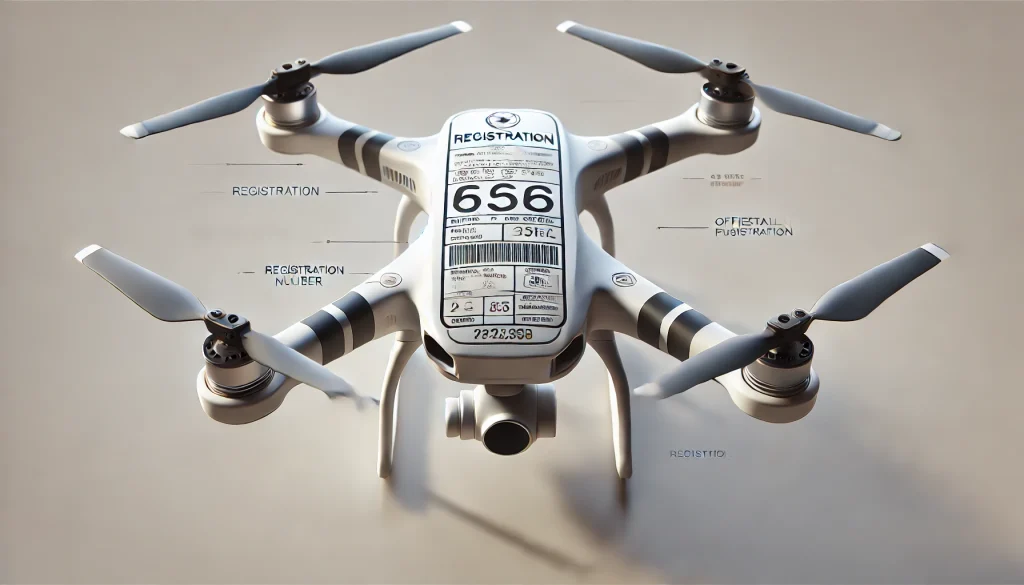
Step-by-Step Instructions
Step 1: Register Your Drone
Registering your drone is the first and most crucial step to ensure legal compliance. Most countries, including the United States, require drones over a certain weight (typically 250g) to be registered with the appropriate aviation authority. Here’s how you can do it:
Why Registering is Important
Operating an unregistered drone is illegal and can lead to hefty fines or confiscation. Registration allows authorities to track drone usage and ensure responsible operation by pilots.
How to Register Your Drone
- Determine the Weight of Your Drone
- Check your drone’s weight to see if it meets the registration threshold. For instance, in the U.S., drones weighing 250g or more must be registered.
- Example: The DJI Mini 3 Pro, which weighs less than 250g, might not require registration for recreational use.
Read more about the Drone Registration Guide.
- Visit the Official Registration Website
- Go to your country’s aviation authority website. For the U.S., visit the FAA DroneZone.
- Create an account and provide your contact details, drone information, and intended use (recreational or commercial).
- Pay the Registration Fee
- Most registrations require a nominal fee. For instance, in the U.S., the FAA charges $5 for a three-year registration.
- Make the payment securely on the official site.
- Label Your Drone
- After registration, you’ll receive a unique identification number. Write this number on your drone in a visible spot using a sticker or marker.
Tips for Smooth Registration
- Double-check your drone’s serial number and other details before submission to avoid errors.
- Keep a copy of your registration certificate on your phone or print it out for easy access during flights.
Common Questions
- Do I need to register all my drones?
Yes, if they meet the weight threshold and are used outdoors. - Can I register multiple drones under one account?
Many countries allow this, but each drone will receive a unique identification number.
Why This Step Matters
Registering your drone not only ensures compliance with the law but also reflects your responsibility as a pilot. It’s a straightforward process that saves you from unnecessary penalties and legal complications.
Step 2: Learn the Rules of the Sky
Understanding the rules of drone operation is critical to ensuring legal compliance and safe flights. Every country has specific guidelines for drone pilots, including altitude limits, no-fly zones, and privacy protections. Here’s how you can master these regulations.
Key Rules to Follow
- Maximum Altitude Restrictions
- In most countries, drones are restricted to flying no higher than 400 feet above ground level. This helps prevent interference with drone.
- Tip: Use your drone’s app to set an altitude limit for added safety.
Learn more about Drone Altitude and Safety Tips.
- Avoid No-Fly Zones
- Stay Away from Crowds
- Avoid flying over groups of people or events. This protects privacy and reduces the risk of accidents in crowded spaces.
- Line of Sight Requirement
- Always keep your drone within your visual line of sight (VLOS). This ensures you maintain control and comply with aviation rules.
- Respect Privacy Laws
- Do not record or photograph private property without permission. Violating privacy can result in legal disputes.
Learn about Drone Privacy and Legal Guidelines.
Tools to Help You Stay Compliant
- Flight Planning Apps:
- AirMap: Provides real-time airspace data, including no-fly zones and temporary flight restrictions (TFRs).
- B4UFLY: An FAA-endorsed app for checking no-fly zones in the U.S.
- Drone Manuals:
- Review your drone’s user manual for built-in compliance features, such as altitude limiters and GPS-based restrictions.
Why Following the Rules Matters
- Avoid Legal Penalties: Operating outside the rules can result in fines, drone confiscation, or even legal action.
- Protect Public Safety: Adhering to regulations reduces risks to other aircraft and people on the ground.
- Enhance Pilot Reputation: Compliance shows professionalism and helps build trust in the drone community.
Pro Tips
- Always check for temporary flight restrictions (TFRs) before flying, especially near event venues or during emergency situations.
- Enable your drone’s geofencing feature to automatically prevent flights in restricted areas.
- Carry a copy of the local drone laws to address any concerns if questioned during your flight.
Common Questions
- Can I fly my drone near an airport if it’s below 400 feet?
No, flying near airports is strictly prohibited unless you have special authorization. - How do I know if an area is a no-fly zone?
Use apps like AirMap or B4UFLY to check restricted areas. - Do privacy laws vary by location?
Yes, privacy regulations differ by country and even by state, so always research local laws.
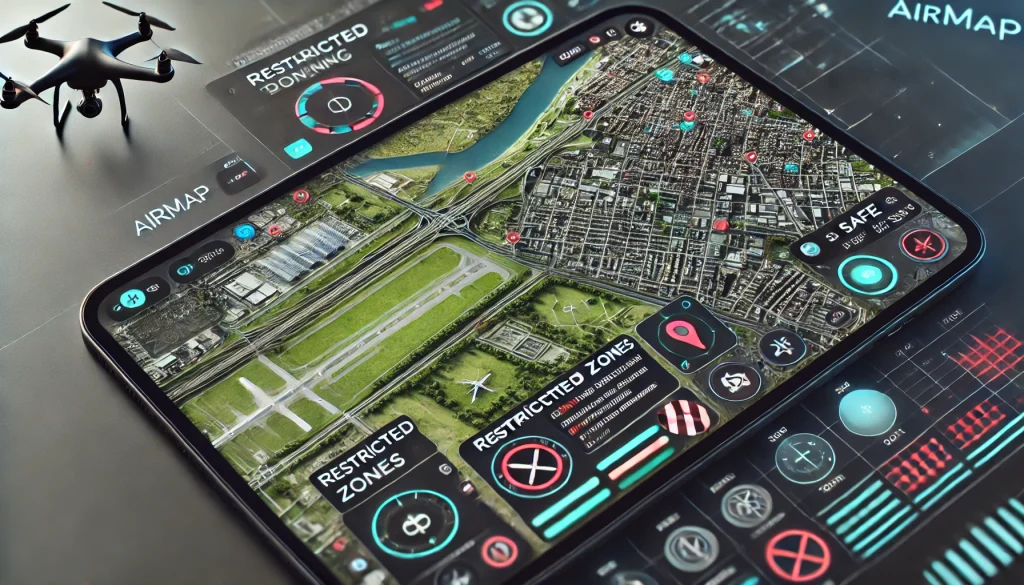
Step 3: Check for No-Fly Zones
Before taking off, it’s essential to ensure your intended flight area is not within a restricted or no-fly zone. Flying in these areas can lead to severe legal consequences and jeopardize public safety. Here’s how to identify and avoid no-fly zones effectively.
What Are No-Fly Zones?
No-fly zones are areas where drone operations are prohibited or heavily restricted due to safety, security, or privacy concerns. Common examples include:
- Airports and airfields
- Military bases
- Government facilities
- National parks or wildlife reserves
- Temporary flight restrictions (TFRs) for events or emergencies
Flying in these zones can disrupt air traffic, breach security protocols, or violate privacy laws.
Tools to Identify No-Fly Zones
B4UFLY App
- Developed by the FAA, this app provides real-time information about restricted zones in the U.S.
- Features:
- Interactive maps showing restricted areas.
- Alerts for temporary flight restrictions (TFRs).
- Download the app from the B4UFLY official website.
AirMap
- A global flight planning tool offering advanced features:
- Airspace notifications.
- Real-time updates on no-fly zones and regulations.
- Learn more at AirMap’s official site.
- A global flight planning tool offering advanced features:
Drone Manufacturer Apps
- Many drones, like DJI models, include geofencing in their native apps.
- Geofencing automatically restricts flights in known no-fly zones.
Explore our guide on Drone Geofencing Features.
Steps to Check No-Fly Zones
Download a Trusted App
Enter Your Flight Location
- Input your intended flight area to check for restrictions. Apps will display no-fly zones as shaded areas on the map.
Review Temporary Restrictions
- Look for Temporary Flight Restrictions (TFRs), which might include:
- Large public events (e.g., concerts or sports games).
- Emergency response areas (e.g., wildfires or natural disasters).
- Look for Temporary Flight Restrictions (TFRs), which might include:
Enable Geofencing
- Activate your drone’s geofencing feature for automated compliance with restricted zones.
Contact Local Authorities (If Needed)
- For special permissions, such as flying near restricted areas for commercial use, contact your local aviation authority.
Learn how to apply for Special Drone Flight Permissions.
Why This Step Is Crucial
- Prevent Legal Issues: Flying in restricted zones can lead to fines, legal action, or drone confiscation.
- Enhance Safety: Avoid collisions with crewed aircraft or interference with emergency operations.
- Protect Public Privacy: Stay clear of sensitive locations like residential areas or government facilities.
Pro Tips
- Regularly update your flight planning apps to access the latest airspace information.
- Always double-check flight restrictions before takeoff, even if you’re flying in a familiar area.
- For international flights, research the no-fly zone policies of your destination country.
Common Questions
What happens if I accidentally fly into a no-fly zone?
Land your drone immediately and report the incident to local authorities if necessary.Are no-fly zones the same everywhere?
No, no-fly zones vary by country and region. Always use local apps or consult official resources.Can I fly in restricted areas with permission?
Yes, but you need to apply for a waiver or special authorization from the relevant aviation authority.
Step 4: Label Your Drone
Labeling your drone with its registration number is a simple yet crucial step in ensuring compliance with legal requirements. This not only identifies your drone but also demonstrates your responsibility as a pilot. Here’s everything you need to know about labeling your drone.
Why Labeling is Necessary
Legal Requirement:
Many countries, such as the United States, require drone registration numbers to be displayed visibly on the device.Quick Identification:
In case of accidents or lost drones, labels help authorities trace ownership easily.Compliance with Aviation Rules:
Failing to label your drone can result in penalties, including fines or confiscation.Learn more about Drone Registration Rules and Penalties.
Steps to Properly Label Your Drone
Obtain Your Registration Number
- After registering your drone with your local aviation authority (e.g., FAA), you will receive a unique registration number.
- Keep this number safe and ready for labeling.
Choose a Durable Labeling Method
- Use waterproof stickers, permanent markers, or engraved plates to ensure the label stays intact.
- Ensure the label is durable enough to withstand weather conditions and vibrations during flight.
Place the Label in a Visible Location
- Common placement areas include:
- The top or bottom of the drone body.
- Near the battery compartment for easy access.
- Make sure the label does not interfere with the drone’s sensors or ventilation.
- Common placement areas include:
Verify the Legibility of the Label
- The registration number must be clear and readable without magnification.
- Regularly check your label for wear and tear, especially after extended flights.
Update the Label for Multiple Registrations
- If you own multiple drones under one registration, ensure each drone displays the correct registration number.
Common Mistakes to Avoid
Using Removable Stickers: These can fall off during flight, leading to non-compliance.
Placing the Label in Hidden Areas: Labels that are not easily visible can result in fines.
Incorrect Labeling Format: Ensure you follow your local aviation authority’s guidelines for labeling size and placement.
Check the guide on Common Drone Labeling Mistakes to Avoid.
Why This Step Is Crucial
- Legal Compliance: A properly labeled drone meets the regulatory standards set by aviation authorities.
- Ownership Proof: Labeling ensures your drone can be identified in case of disputes or accidents.
- Safety Assurance: Visible labels help authorities quickly identify and verify your drone in controlled airspaces.
Pro Tips
- Use pre-made waterproof stickers designed for drone registration to save time.
- Always double-check the label placement after modifications or repairs to your drone.
- For drones with sleek designs, use clear adhesive-backed labels for minimal aesthetic impact.
FAQs
Can I use a removable label for my drone?
It’s not recommended, as removable labels may fall off during flights. Use a durable and permanent method.Where should I place the label on my drone?
Place it in a visible location, such as the top or bottom of the drone body, without obstructing sensors or vents.Do I need to re-label my drone if I change its registration?
Yes, always update the label with the latest registration number to remain compliant.
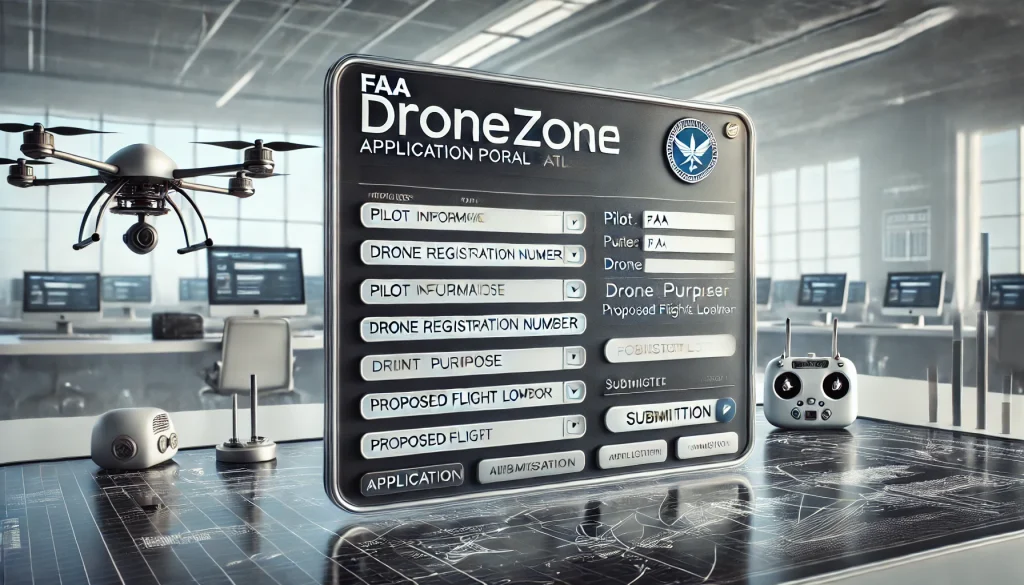
Step 5: Obtain Special Permissions (If Necessary)
In some situations, flying your drone may require special permissions from your local aviation authority. These permissions are often necessary for operations in restricted areas, at night, or for commercial purposes. Here’s a step-by-step guide to obtaining the proper authorizations.
When Do You Need Special Permissions?
Flying in Restricted Areas:
- Examples include near airports, military zones, or government facilities.
- Permissions are mandatory to ensure your flight does not disrupt air traffic or breach security protocols.
Learn more about Drone Flight Restrictions and How to Comply.
Night Flights:
- Many countries prohibit night-time drone operations without prior approval.
- You’ll need to demonstrate the use of appropriate lighting for your drone to ensure visibility.
Commercial Use:
- If you’re using a drone for work purposes (e.g., aerial photography, delivery, or surveying), commercial certification or permits are required.
Explore the FAA’s Guidelines for commercial drone operators.
Overcrowded Areas:
- Flying over groups of people, such as in stadiums or public events, usually requires a waiver to mitigate risks.
Steps to Obtain Special Permissions
Identify the Type of Permission Required
- Check your flight plan and identify whether you need a waiver, license, or other specific approvals.
Submit Your Application
- Visit your local aviation authority’s website to apply. In the U.S., applications for waivers and certifications are processed through the FAA DroneZone.
- Provide detailed information, including:
- Drone specifications
- Flight purpose and location
- Safety measures in place
Prepare Supporting Documents
- Include any necessary certifications, such as proof of pilot training or commercial drone operation licenses.
- If applying for night flights, document your drone’s lighting specifications.
Wait for Approval
- Approval times vary by region but can range from a few days to several weeks.
- Check your email regularly for updates or requests for additional information.
Follow Any Additional Guidelines
- Once approved, review the conditions stated in the permission document.
- Carry a copy of the approval during the flight for verification purposes.
Check out our Guide to Drone Operation Waivers for tips on faster approvals.
Common Mistakes to Avoid
- Incomplete Applications: Missing information or incorrect details can delay the approval process.
- Ignoring Local Guidelines: Rules for permissions vary by location, so always verify regional requirements.
- Failing to Renew Permissions: Some approvals have expiration dates. Ensure you renew them as needed.
Why Special Permissions Matter
- Legal Compliance: Flying without proper permissions in restricted areas is a serious offense and can lead to fines or other penalties.
- Enhanced Safety: Permissions ensure that your flight is planned and executed with safety as the top priority.
- Professional Reputation: For commercial pilots, operating legally builds trust with clients and regulators.
Pro Tips
- Start your application process early to avoid delays in your planned operations.
- Keep a physical and digital copy of all permissions for easy access.
- For complex projects, consider consulting a drone compliance expert to navigate legalities effectively.
Common Questions
How long does it take to get special permissions?
Approval times vary, but it typically takes 1-3 weeks, depending on the complexity of your request.Can I apply for multiple permissions at once?
Yes, many authorities allow you to bundle applications for different types of operations.Do I need special permissions for international flights?
Yes, always check the specific regulations of the country where you plan to operate your drone.
Warnings and Keynotes
Operating a drone legally and safely requires attention to detail and adherence to best practices. Below are some practical tips and notes to ensure a smooth and compliant flight experience.
1. Always Check Weather Conditions
Why It’s Important:
Strong winds, rain, or low visibility can make flying unsafe and even illegal in some cases.Pro Tip: Use weather apps like UAV Forecast to get real-time data on wind speed, visibility, and precipitation.
Explore our Guide to Weather Safety for Drone Pilots.
2. Keep Your Drone’s Firmware Updated
Why It’s Important:
Updates often include critical changes to comply with new regulations or improve flight safety.How to Do It:
- Use the manufacturer’s app to check for firmware updates regularly.
- Avoid flying immediately after an update to ensure stability.
Learn more from DJI’s Firmware Update Guide.
3. Enable Geofencing
Why It’s Important:
Geofencing restricts your drone from entering no-fly zones automatically, reducing the risk of accidental violations.Pro Tip: Activate geofencing through your drone’s app settings before every flight.
Read our article on How Geofencing Keeps Drone Flights Safe.
4. Carry Emergency Contact Information
- Why It’s Important:
In case of accidents or unintentional violations, having the contact details of local aviation authorities or law enforcement can help resolve issues quickly. - Pro Tip: Save the number of your local aviation authority in your phone and keep a printed copy with your registration certificate.
5. Use Flight Planning Tools
Why It’s Important:
Apps like AirMap and B4UFLY help identify no-fly zones, temporary flight restrictions, and optimal routes.Pro Tip: Cross-check multiple apps for accuracy before takeoff.
6. Respect Local Privacy Laws
Why It’s Important:
Flying over private property without consent can result in legal disputes.Pro Tip: Always obtain permission before capturing images or videos of residential areas.
Learn about Drone Privacy and Legal Responsibilities.
7. Practice in Open Spaces
- Why It’s Important:
New pilots should familiarize themselves with their drone’s controls in unrestricted, open areas before flying in complex environments. - Pro Tip: Use beginner-friendly drones with simplified controls to build confidence.
Common Notes for Drone Pilots
- Battery Management:
Always check battery levels before flights and carry spares for extended operations. - Emergency Procedures:
Learn how to use the “Return-to-Home” (RTH) function in case of signal loss or low battery. - Avoid Assumptions:
Just because a drone’s app allows you to fly in an area doesn’t mean it’s legally permitted. Verify with official sources.
Why These Tips Matter
Following these tips not only ensures compliance with laws but also enhances your safety and efficiency as a drone pilot. Proactive planning and responsible flying demonstrate professionalism and build trust with authorities and the community.
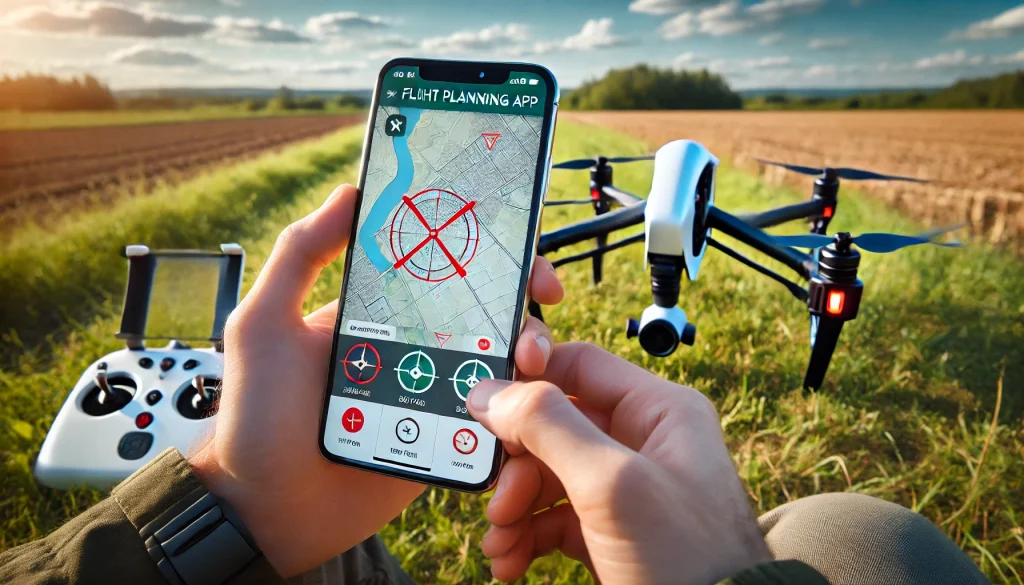
Conclusion
Operating a drone legally and safely is not just about following the rules—it’s about being a responsible and informed pilot. By understanding and adhering to legal requirements, such as drone registration, compliance with airspace rules, and proper labeling, you can enjoy a seamless and stress-free flying experience.
This guide has walked you through the essential steps, including:
- Registering your drone with the appropriate authorities.
- Familiarizing yourself with flight rules and no-fly zones.
- Labeling your drone correctly to ensure compliance.
- Obtaining special permissions when necessary.
Key Takeaways:
- Always prioritize legal compliance to avoid fines, drone confiscation, or legal issues.
- Plan your flights carefully using tools like B4UFLY or AirMap to ensure you stay within permitted airspace.
- Regularly update your drone’s firmware and be prepared for unexpected situations with proper labeling and documentation.
Final Thought:
Compliance is not just about avoiding penalties—it also protects others’ safety, privacy, and trust in the growing drone community. As drone pilots, we share a responsibility to ensure that our flights do not disrupt or endanger others.
Are you ready to take your drone flying experience to the next level? Start by reviewing your local drone regulations, registering your drone, and planning your next flight responsibly. Have questions or need more tips? Explore our Drone Beginner’s Guide or check out our Top Drone Accessories for Safe Flights!


